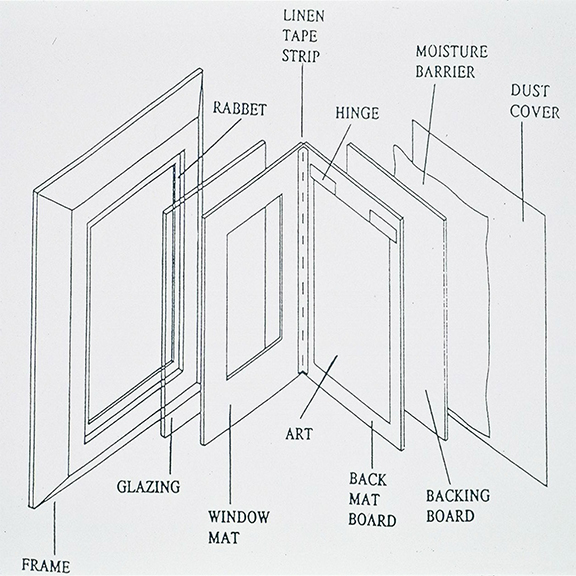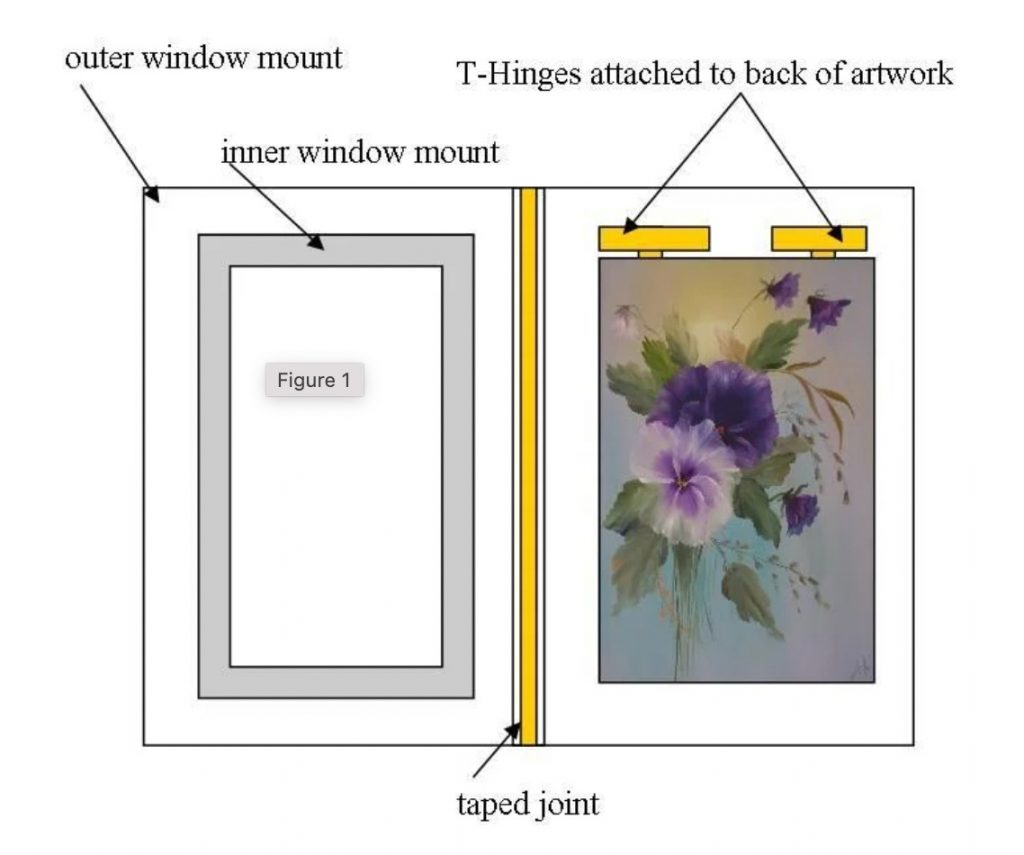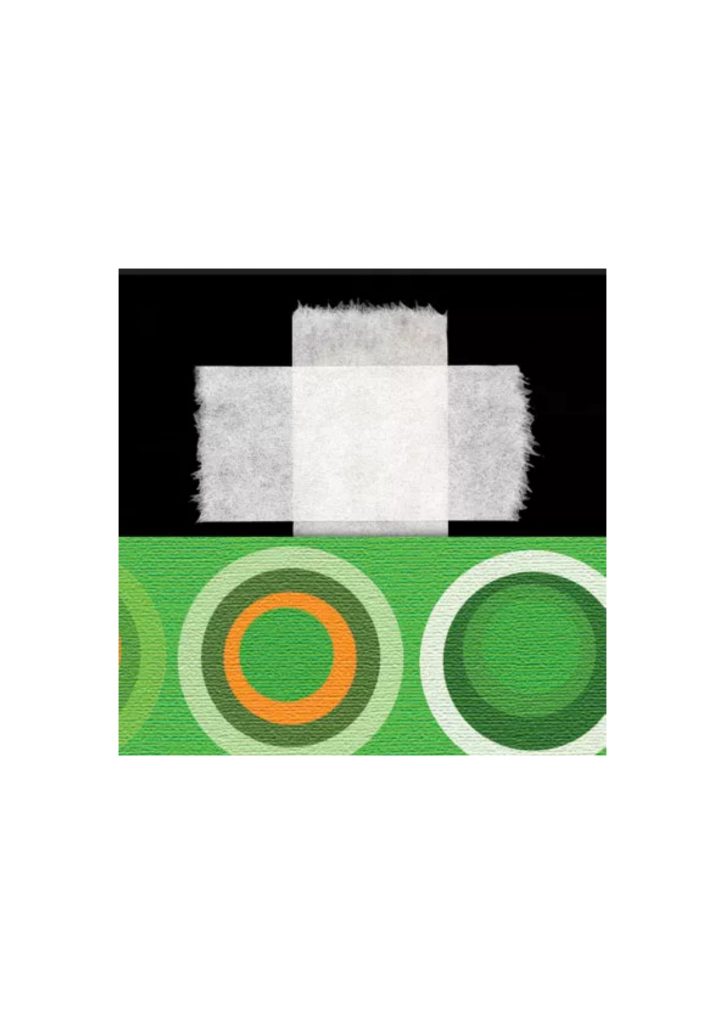Importance of Conservation Framing

Conservation Framing- A Way to Preserve Memories
Conservation Framing is a framing technique that aims at protecting works on paper. This is mainly done to visually enhance the artwork being framed and offer the highest possible level of protection from any physical or mechanical damage, pollution, or acids used for Framing. This Framing talks about how well an artwork can be protected with Framing without causing any damage to its original state. The technique ensures that the artwork can be reversible to its original form once the frames are unmounted or removed.
An artwork possesses many threats during its lifetime, including UV light, humidity, insects, pollutants, and the quality of materials that come in close contact with the artwork. The materials used for conservation framing are specially developed and are less likely to deteriorate and damage the artwork, thus providing maximum protection to the item to be conserved. Conservation Framing strictly uses cotton rag mats to maintain the pH neutrality of the framed picture or artwork. Similarly, no protective glazing of acrylic and glass is directly used on the artwork. Thus, Conservation Framing offers the highest level of protection to framed artwork.
Importance of Conservation Framing:
Conservation Framing follows the critical principle of encasing and preserving artwork while leaving its original condition unchanged. This type of framing method is suitable for valued works of art that may be of potential or historical value and that are to be preserved for future generations. This also includes prints and items of sentimental value, such as memorabilia and several other artworks that demand being conserved.
Conservation Framing is for all those who look forward to preserving any precious work they own, including their valuable moments for a lifetime.
Anything of value can be conserved using Conservation Framing without limits or restrictions.
Experts say that most artworks or pictures in good condition can be preserved for more than two decades using methods like conservation framing. Experts specify that the works must not be damaged, stained, foxed, or stuck to an acid board.
It is essential to ensure the picture is in ideal condition before framing. The picture should not be damaged or stained and should never be trimmed. The margins should not be marked with any notations.
Conservation Framing process at Qube Art Gallery:
At QUBE Art Gallery, Conservation Framing is done with a team of expert framers. The framing process considers the framer’s knowledge of the artwork and the customer’s budget. Ideally, a framer should inspect the frames every five years to check if it requires any maintenance. The framers can either reuse an existing frame or select a new one based on the customer’s preferences. The rebate is supposed to be deep enough so that it could hold elements, including the glazing, artwork, under-mount, and backboard. The molding must be
solid and deep enough to support the whole package. If old frames are reused, they must be carefully cleaned and repaired, preserving all inscriptions and framing labels.
The molding should be free from blemishes, and care must be taken to ensure that all pieces match well. If the artwork is likely to touch the molding, it should be sealed with aluminum foil sealing tape. The corners should be touched up such that no unfinished molding is visible.
1)Mounting Packages:

The conservation mount comprises a window mount and an under-mount (or a back mount). The purpose of mounting is to provide adequate physical and environmental protection to the artwork or the object. A window mount is typically used to visually enhance the artwork and distance it from the glazing.
The window mount is a part of the framing that is in direct contact with the artwork. Hence it is necessary to follow standards while selecting the mount which possesses conversation quality.
For the framing of original artworks, only cotton museum boards are used that follow the standards and have a minimum thickness of 1100 microns. The under-mount is also used of the same material. For framing valued prints and items of sentimental value, conversion boards made from cotton fiber core or wood pulp are used. In the case of framing photographs, it is made sure that non-alkaline buffer boards are used as alkaline conditions are harmful to framing photographs.
2)Attaching the Artwork:

Artwork should always be hinged or attached to the under-mount using T-shaped-hinges. A similar reversible process of hinging should also be used. The purpose of the Hinges is to allow the artwork to hang in safely and to feel lighter. Hinges should be attached to the back of the artwork to provide adequate support. Hinges should be made from naturally lignin-free pH-neutral paper using adhesives from the starch paste. Hinges for conservation or museum-quality frames are made using gummed tapes. Hinges should be attached to the back of the artwork to provide adequate support.
3)Glazing:
Glazing is of different types, and the most commonly used among them are
1)Glazing with UV protective filter
2)Acrylic or laminated Glazing
It is essential to allow sufficient air circulation and movement inside the frame. Hence artworks done on paper are mounted away from the glazing. The glazing must be free from blemishes, and an appropriate thickness according to the frame size cut to allow sufficient clearance must be placed inside the frame.
Creams or abrasive cleaners are not used for cleaning purposes. Instead, spirit-based cleaners are used along with lint-free cloth for final cleaning.
4)Mounting the Backboard:
The backboard needs to be strong, rigid, and flat to protect the artwork or items of sentimental value from damage. The board’s thickness depends upon the overall size of the frame; in most cases, pH-neutral boards are preferred. A barrier layer of Melinex or similar material is installed between the under-mount and backboard to provide further protection and avoid acidity issues.
5) Securing the Frame:
The glazing, window mount, artwork, and under-mount are sealed with gummed conservation paper tape with a water-soluble adhesive to secure the frame.
6) Fittings for Hanging:
The fittings used for the hanging must be strong enough to support the frame. Rings are commonly used for lightweight works and if the molding chosen is thin.
7)Imparting the Final Finish:
For imparting the final finish, it is crucial to make sure that the glass should be cleaned well without leaving any dust and dirt. The surface is then polished without any smears, and only gummed paper tapes are used for sealing the back of the frame.
No other adhesives are used for sealing the frames of original artwork, valued prints, and items of sentimental value in conservation framing.
It is possible to frame any frame, object, and canvas using Conservation framing. The technique even facilitates the Framing of paper artwork and oil paintings.
Standard Operating Procedures followed at QUBE for Conservation Framing:
Fabrics: The fabrics are squared if necessary, as it is not acceptable for the fabric to be stuck down or stapled or to use any other process which may damage the fabric. The fabric is laced over conservation-quality support, or reversible methods are used similarly. Unsightly problems, such as knots or traveling stitches, are concealed wherever possible. If fabric touches the stretcher bars, these too are sealed. The use of nylon tag guns is not acceptable for the process.
Canvas: Canvas should not sag, tear or distort. Stretchers must be square and sufficiently strong to stand the test of time. Two wedges are used at each corner and held in place with thread. The rebate must be 3 to 6mm larger than the stretcher bars.
Objects: In the case of objects, they must not be held in place with adhesive or silicone sealer. Loops of the thread are often used, or objects are held in place between Conservation boards.
Conservation Framing Services by Qube Art Gallery:
Qube Art Gallery is a one-stop destination for finding artworks that match one’s personality and preferences. Along with this, Qube Art also provides custom art printing services and conservation framing services. Qube Art focuses on delivering high-quality fine art printing and framing services considering even the slightest details put forward by the customer. The expert team at QUBE Art Gallery helps customers to choose the best framing service or printing service based on their requirements. The gallery offers unique services like Memorabilia Framing, Giclee Printing, and customized Museum Quality Framing at affordable prices, giving importance to perfection and quality in all creation steps.
How to take care of the Conservation frameworks-Tips from QUBE Experts: The Expert Team for framing Services at QUBE Art Gallery offers the following advice for the maintenance of items that are framed using conservation framing Techniques: 1. The Framed pictures or artworks should not be placed upside down or on their sides. Doing so can cause the artwork’s mounting hinges to wear apart, and the painting may slip inside the frame.
2. When stacked, pictures should be back to back and face to face. This is done to avoid damage from hanging fittings.
3. The framed artwork should be hung away from direct sunlight and other heat sources, such as radiators. Extreme heat temperature can cause damage to artwork or framed items. Hence necessary measures must be taken to avoid this.
4. Care must be taken when cleaning the Glazing to ensure that no residue migrates to the artwork from the Glazing.
Conserving anything you love is a way of beholding memories. Preserving your precious moments for future times can always be worth a lot of happiness. We at QUBE Art Gallery value this emotion of preserving the moments and work wholeheartedly to deliver you the best with our service. Your memories are always safe in our hands.




